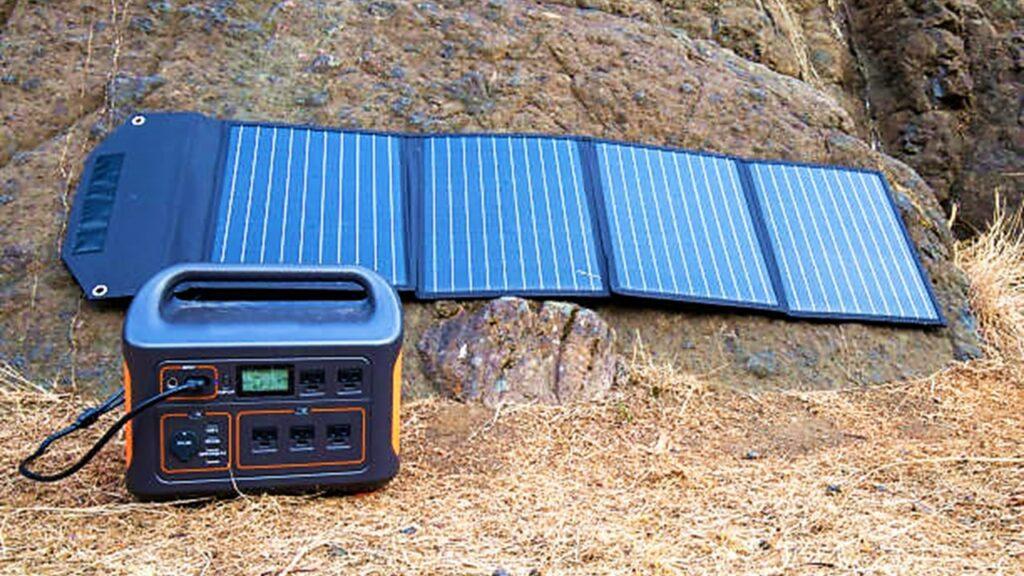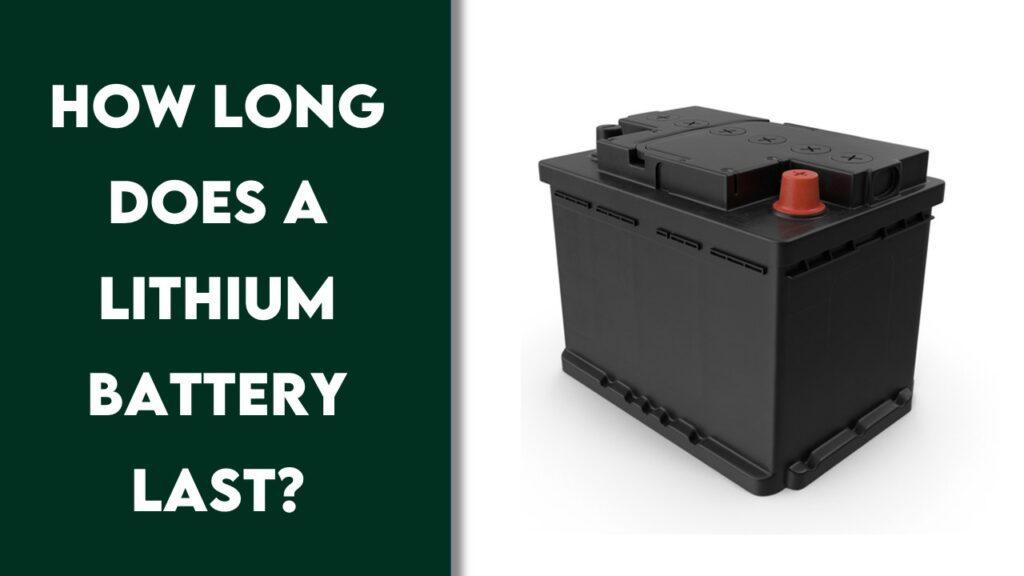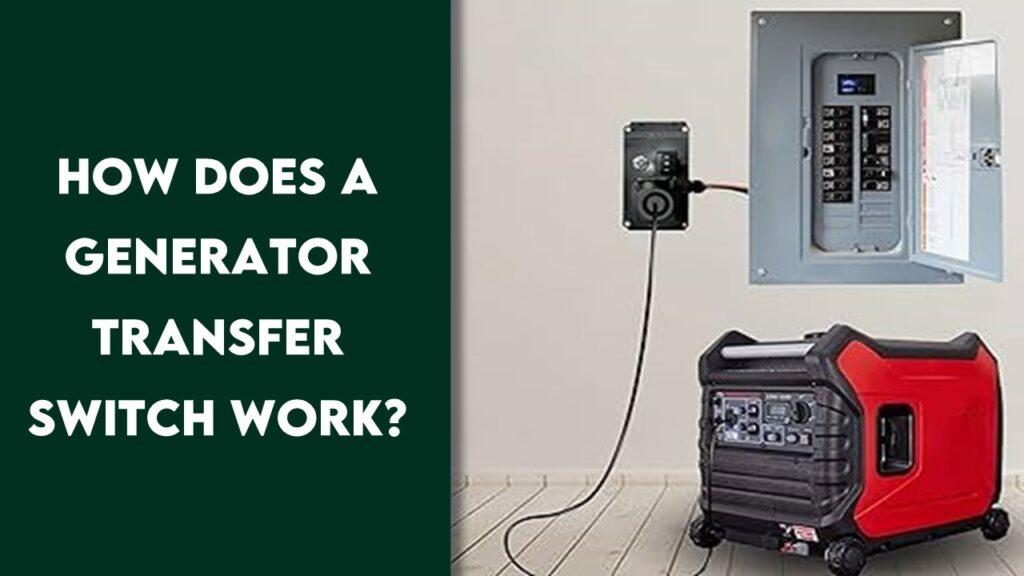
Solar generators are like magic boxes that capture sunlight and turn it into electricity, just like plants use sunlight to make food. Inside these generators, there are four key parts: solar panels, batteries, inverters, and charge controllers. Each part has a special job. Solar panels catch the sunlight, batteries store this sunlight as power for later, inverters change this stored power into the type of electricity you can use in your home, and charge controllers make sure the batteries charge safely and efficiently. This article will guide you through how all these parts work together to keep your gadgets running without harming the planet. Let’s dive in and discover the inner workings of solar generators!
What Is A Solar Generator?
A solar generator is a device that converts sunlight into electricity. Think of it as a quiet, clean power station that you can use anywhere there’s sun. Unlike traditional generators that run on gas or diesel, solar generators don’t produce any fumes or noise. They rely entirely on solar energy, making them great for the environment and perfect for use during camping, in remote areas, or when the power goes out.
Solar Panels and Photovoltaic Cells
Solar panels are the heart of a solar generator. They capture sunlight and turn it into electricity. These panels are made up of many smaller units called photovoltaic cells, or PV cells, which are crucial for the energy conversion process.
Solar Panels: Their Role
Solar panels are the main players in capturing sunlight. These panels are made up of many smaller units called photovoltaic cells, or PV cells. Just like leaves on a tree absorb sunlight to produce food, these cells catch sunlight to produce electricity.
Photovoltaic Cells: Power Converters
PV cells take sunlight and turn it into direct current (DC) electricity. Each cell is like a sandwich made of two slices of special materials, usually silicon, that when hit by sunlight, create electricity. This process is called the photovoltaic effect.
Types of Solar Panels
Solar panels come in different types, each with its own strengths and weaknesses. Understanding these types can help you choose the best one for your needs. Here are the three main types of solar panels used in solar generators:
- Monocrystalline Panels: Made from a single, pure crystal of silicon, these are very efficient but also the most expensive.
- Polycrystalline Panels: Made from fragments of silicon, these are less efficient but cheaper.
- Thin-Film Panels: Made by coating a substrate with a thin layer of photovoltaic material, these are the least efficient but also the lightest and most flexible.
Choosing the right type of solar panel depends on your budget, space, and energy needs. Each type has its own benefits and trade-offs, so it’s important to consider what matters most for your specific situation.
The Role of Charge Controllers
Charge controllers are an essential part of a solar generator system. They ensure that the electricity from the solar panels is transferred to the battery safely and efficiently.
What are Charge Controllers?
Charge controllers are like the managers of a solar generator. They control how the electricity from the solar panels is transferred to the battery. Their main job is to protect the batteries by regulating the voltage and current coming from the panels.
PWM vs. MPPT Controllers
Charge controllers are crucial for managing the power flow from the solar panels to the batteries. There are two main types: PWM and MPPT. Each type works differently and has its own advantages.
- PWM (Pulse Width Modulation): These controllers are simpler and cheaper. They work by slowly reducing the amount of power going into the battery as it gets closer to full charge.
- MPPT (Maximum Power Point Tracking): These are more advanced and efficient. They adjust their input to draw the maximum power from the solar panels, which helps in charging the battery faster and more efficiently, especially during low light conditions.
By understanding these components and how they interact, you can see why solar generators are an increasingly popular choice for eco-friendly and efficient power generation.
Battery Storage in Solar Generators
Batteries play a crucial role in solar generators. They store the electricity produced by the solar panels so you can use it when the sun isn’t shining. Let’s explore the different types of batteries used in solar generators and how their capacity affects performance.
Different Types of Batteries
Batteries are essential for storing the energy generated by solar panels. There are several types of batteries used in solar generators, each with its own benefits and drawbacks.
- Lead-Acid Batteries: These are the oldest type and are commonly used because they are affordable. However, they are heavy and have a shorter lifespan compared to other types.
- Lithium-Ion Batteries: These are newer and more efficient. They are lighter, last longer, and can store more energy, but they are also more expensive.
When choosing a battery for your solar generator, consider factors like cost, weight, lifespan, and storage capacity. Lithium-ion batteries offer better performance but at a higher price, while lead-acid batteries are more budget-friendly but less efficient.
Battery Capacity and Power Supply
The capacity of a battery is like the size of a water tank. A bigger battery can store more energy, which means you can power more devices or run them for a longer time. If the battery is too small, it might run out of power quickly, especially if you use a lot of electricity.
Batteries are essential for making sure you have power even when the sun isn’t shining. Choosing the right type and size of battery can make a big difference in how well your solar generator works.
The Inverter: Converting Solar Power to Usable Energy
Inverters are key components in solar generators. They change the electricity stored in the batteries into a form that you can use to power your home appliances. Understanding how inverters work and the types available can help you get the most out of your solar generator.
Function of an Inverter
The electricity generated by solar panels and stored in batteries is direct current (DC). Most of our home appliances run on alternating current (AC). The inverter’s job is to change DC into AC, making the stored solar energy usable for everyday devices.
Types of Inverters
Inverters play a crucial role in converting the stored solar energy into usable electricity. There are two main types of inverters used in solar generators, each suited to different needs.
- Pure Sine Wave Inverters: These create a smooth and consistent wave of electricity, just like the power from the grid. They are perfect for sensitive electronics like computers and TVs.
- Modified Sine Wave Inverters: These are simpler and cheaper but produce a rougher wave. They work fine for basic devices like lights and fans but might not be suitable for sensitive electronics.
Inverters ensure that the solar energy stored in your batteries can be used to power your home appliances efficiently and safely. Choosing the right type of inverter depends on the devices you plan to use and your budget, with pure sine wave inverters offering the best performance for sensitive equipment.
How Solar Generators Work: A Detailed Process Overview
Now that we’ve looked at the parts, let’s see how they all work together. A solar generator captures sunlight, converts it into electricity, stores that electricity, and finally makes it usable for your devices. Here’s how the whole process works step by step.
Capture Sunlight
The first step in the process is capturing sunlight. This is done by the solar panels, which are made up of many small units called photovoltaic (PV) cells. When sunlight hits these PV cells, they create an electric field that generates direct current (DC) electricity. Think of solar panels like giant, flat batteries soaking up the sun’s energy. The more sunlight the panels capture, the more electricity they can produce.
Regulate Power
Next, the electricity generated by the solar panels needs to be regulated. This is where the charge controller comes in. The charge controller’s job is to manage the flow of electricity from the solar panels to the batteries. It ensures that the batteries are charged at the correct rate and prevents them from being overcharged, which could damage them. Without a charge controller, the batteries could receive too much power too quickly, leading to overheating and potential failure.
Store Energy
Once the electricity is regulated, it needs to be stored so it can be used later. This is the role of the batteries. The batteries store the DC electricity generated by the solar panels, holding onto it until you need to use it. The amount of energy the batteries can store depends on their capacity, which is measured in watt-hours (Wh) or amp-hours (Ah). A higher capacity battery can store more energy, meaning it can power your devices for a longer period.
Convert Energy
The electricity stored in the batteries is in the form of direct current (DC), but most home appliances use alternating current (AC). This is where the inverter comes into play. The inverter converts the stored DC electricity into AC electricity, which is what your appliances need to function. There are different types of inverters, but their main job is to ensure that the electricity is converted smoothly and efficiently.
Powering Devices
Finally, the converted AC electricity flows from the solar generator to your home appliances, providing them with the power they need. This could be anything from charging your phone to running your refrigerator. Because the power is coming from a renewable source, you’re reducing your reliance on the grid and cutting down on your carbon footprint.
By understanding each step in this process, you can see how solar generators provide a reliable and eco-friendly source of power. They capture, store, and convert sunlight into usable electricity, ensuring you have power whenever you need it. This seamless integration of components makes solar generators a versatile and sustainable solution for both everyday use and emergency situations.
Advantages of Using Solar Generators
Solar generators have a lot of benefits that make them a smart choice for clean and renewable energy. They help the environment, save money, and are very versatile. Let’s explore these advantages in more detail.
- Environmental Benefits: Solar generators don’t pollute the air. Traditional generators burn fuel and release harmful gases. But solar generators use the sun’s energy, which is clean and renewable. This helps reduce air pollution and fights climate change.
- Economic Benefits: Solar generators can save you money over time. Even though they might cost more upfront, you don’t have to buy fuel. This means lower running costs. They can also cut down your electricity bills since you’re making your own power. In some areas, you might even get tax breaks or rebates for using solar energy.
- Versatility and Portability: Solar generators are very flexible. They are great for emergencies because they keep your essential devices running without making noise or fumes. They are perfect for off-grid living, providing power in places without electricity. They are also ideal for camping or RV trips because they are easy to carry and set up.
In short, solar generators are good for the environment, can save you money, and are useful in many situations. They provide a reliable source of energy for everyday use and emergencies. For more power like generators for emergency home backup, you would need a traditional or standby generator.
Limitations and Considerations
Solar generators are fantastic, but they come with some challenges. It’s important to understand these limitations before deciding if a solar generator is right for you. Let’s explore these challenges in more detail.
- Initial Costs: Solar generators can be expensive to buy. The cost of solar panels and batteries can add up. But remember, they can save you money in the long run on fuel and electricity bills.
- Weather Dependency: Solar generators need sunlight to work well. On cloudy or rainy days, they produce less energy. If you live in a place with long winters or frequent bad weather, this could be a problem.
- Energy Storage Capacity: The amount of energy a solar generator can store depends on its battery size. If the batteries are small, they might not hold enough power for high energy needs or long periods without sunlight. This could be an issue for big households or during long stretches of bad weather.
- Geographic and Situational Factors: Where you live matters. Solar generators work best in sunny places. The panels need to be placed where they get the most sunlight, which might not always be easy due to space or shade from buildings or trees.
While solar generators are a great source of clean energy, you should think about these limitations. Considering factors like cost, weather, and energy needs can help you decide if a solar generator is right for you.
Wrapping It Up!
Solar generators are like magic boxes that turn sunlight into electricity. They help us by giving us clean and renewable power. This means they don’t pollute the air and help save our planet. Plus, they can save us money because we don’t have to buy fuel, and they can lower our electricity bills.
But there are a few things to think about. First, buying a solar generator can cost a lot of money at the start. Also, they need sunlight to work well, so they don’t make as much power on cloudy or rainy days. The batteries inside them can only hold so much energy, which might not be enough if you need a lot of power or if it’s cloudy for many days in a row.
It’s important to know both the good and the bad about solar generators. If you live in a sunny place and want to help the environment, a solar generator can be a great choice. They are perfect for keeping your home running during power outages, living off the grid, or even for camping trips.
In short, solar generators are a big step towards a cleaner and greener future. They give us a reliable source of power that’s good for the earth. By thinking about the costs and how much sun you get, you can decide if a solar generator is right for you. Using solar power can help us all live more sustainably and protect our planet for the future.
Related FAQs
How Long Do Solar Generators Last?
Solar generators can last 10-15 years, depending on the quality and maintenance of the components.
Can Solar Generators Run Household Appliances?
Yes, solar generators can power household appliances, but the capacity depends on the generator’s size and battery.
Are Solar Generators Noisy?
No, solar generators are silent as they don’t have moving parts like traditional fuel generators.
How Quickly Do Solar Generators Charge?
Charging time varies, typically taking 6-8 hours of sunlight for a full charge, depending on panel efficiency.
Do Solar Generators Work During Power Outages?
Yes, solar generators can provide power during outages, making them ideal for emergencies.
At our core, we’re a group of passionate generator, inverter, solar energy, battery enthusiasts. We dive deep into the world of tech, especially when it’s about powering your home, RV or outdoors. We try to provide as much value to the readers with our information and how to blog articles as possible. For affiliate articles our honest and transparent reviews of essential tech products are rooted in real-world experience. We take great satisfaction in offering unbiased evaluations, ensuring that you can make informed decisions when investing in your desired techs.




